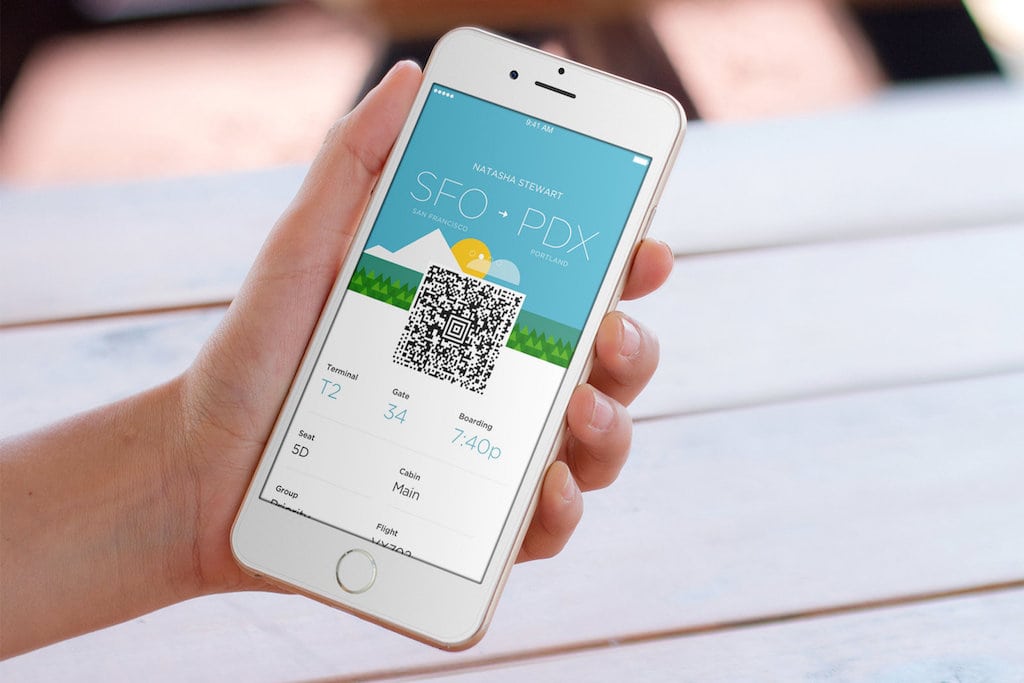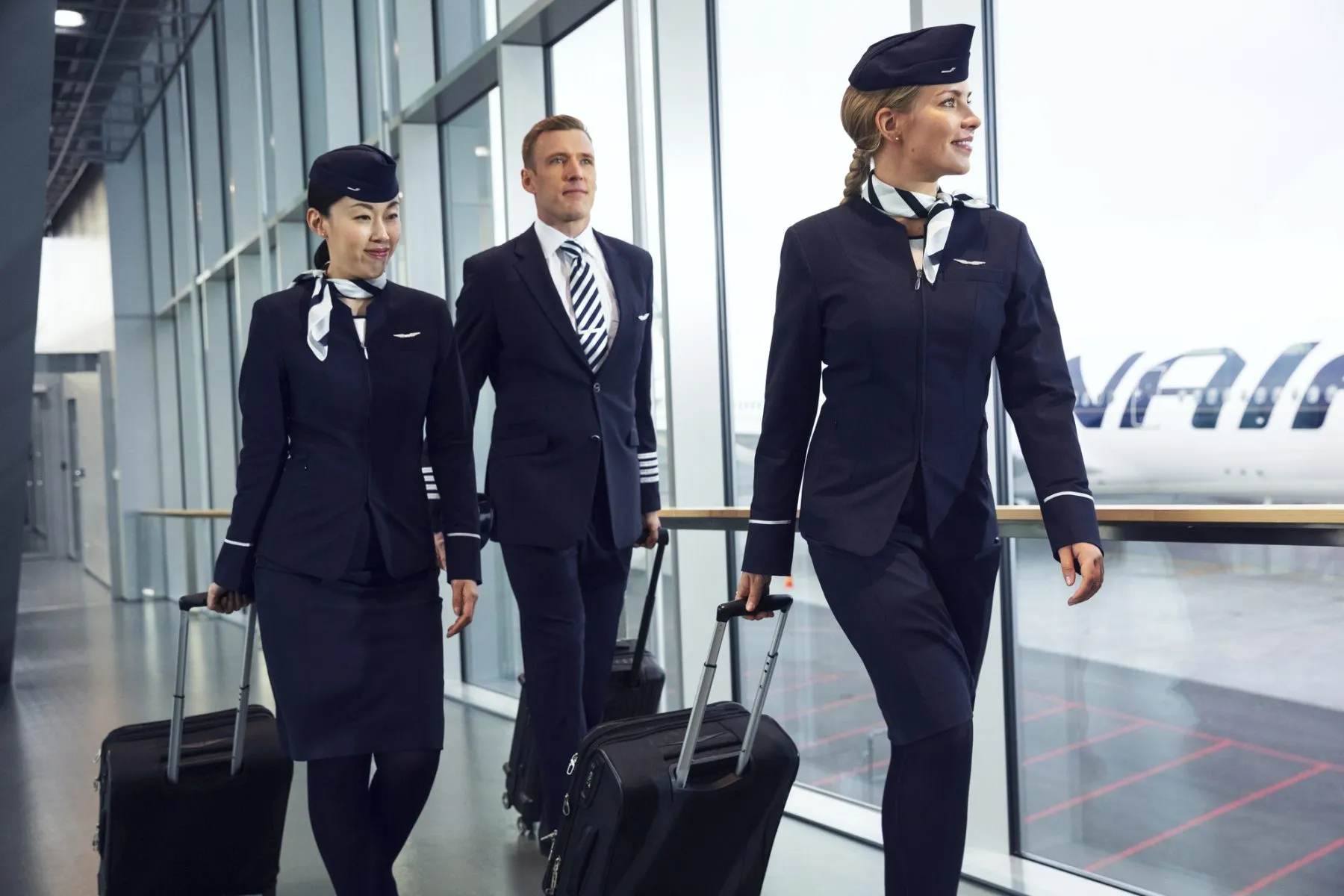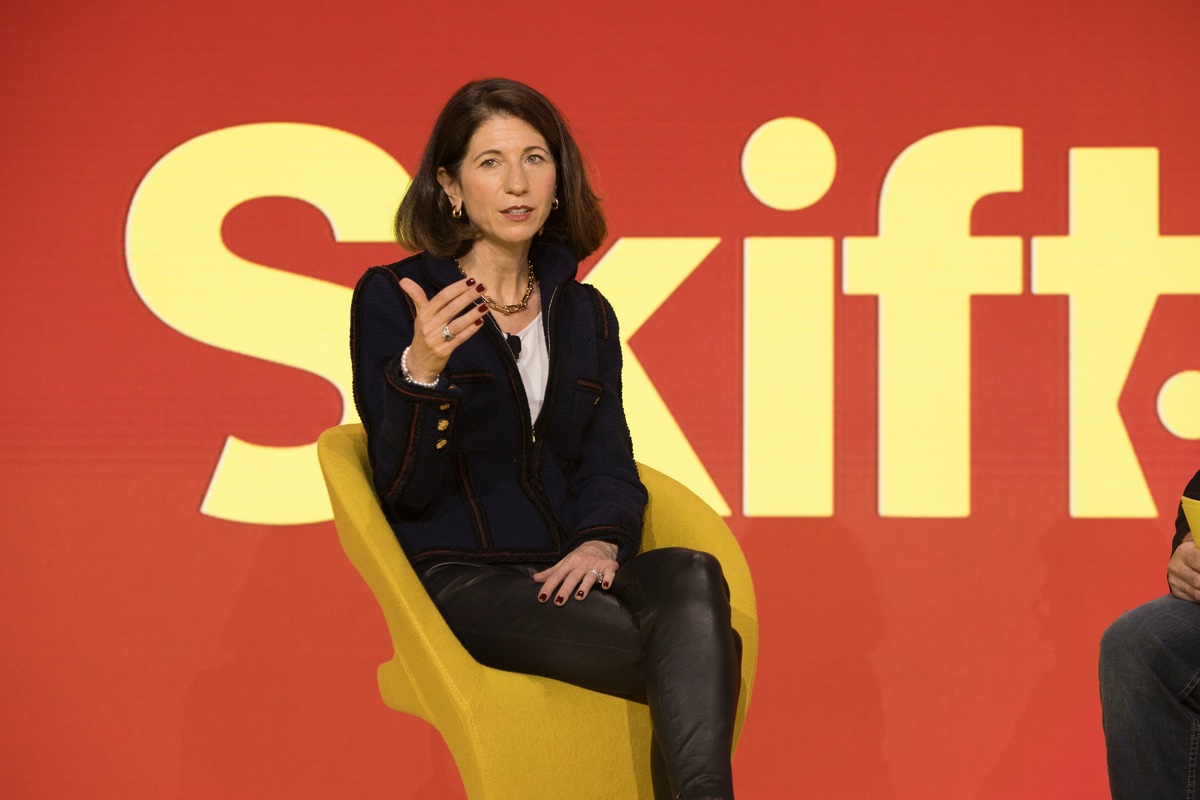Designing Flight Search for Mobile — Digital Marketing News This Week

Skift Take
This week, we're talking about searching for flights on mobile.
Even as mobile purchases for other travel products like hotels and rental cars have been on the rise, flight purchases have been trickier. In addition to the maddening variability in flight prices over time, there's also issues with what designers typically refer to as the "user interface," meaning the actual buttons and menus designed by a flight search website or airline app.
As if searching for a flight wasn't confusing enough, trying to book an airline ticket on a smartphone is downright painful. Between nested menus and the small screen size, many travelers give up before trying to navigate this complicated process. While the problem is far from solved, Virgin America's soon-to-launch mobile app looks like a great step forward. By simplifying the flight booking process and using personalization to pre-fill customer preferences during searches, Virgin hopes to dramatically rethink how its customers buy flights in the future.
Virgin America Offers Preview of New Redesigned Mobile App
At the end of July, Virgin America began previewing a soon-to-launch mobile app to various media outlets. While airline apps are nothing new, Virgin's attempt to rethink the entire flight search process certainly looks like an interesting twist. The company sees the new mobile offering as a type of "mobile concierge," using the smartphone owner's personal preferences to quickly customize searches with preferred destinations, class of service and seat preferences. Read more
Finding the Right Tone for Travel Email Campaigns
Despite the advent of a variety of newer, "sexier" digital marketing tools, email remains a gold standard for marketers looking to drive engagement and deliver highly personal messages to customers. But the problem is many marketers often fail to get the tonality of their message right, often resorting to all-too-clever subject lines and shock value at the expense of genuine connection with subscribers. Read more
Understanding Millennial Travel "Hacking"
The idea of "travel hacking" has grown in popularity recent years, referring to creative solutions travelers use to customize travel products and get around company policies they don't like. While the phenomenon often seems like nothing more than a nuisance, perhaps there's an opportunity to co-opt or formally acknowledge this type of behavior in a way that benefits customers and businesses alike? Here's a few examples of brands and products embracing this "travel hacking" spirit. Read more
Hospitality Brands Fall Behind in Social Media Engagement
While it's easy to get caught in the social media "arms race" of how many fans your brand has on Facebook, a far better measure of success is engagement, referring to how many fans share or comment on social content. According to a recent study, a majority of hospitality brands are falling behind on this metric, allowing long wait times to respond to fans and failing to provide interactive content to solicit responses from followers. Read more
Digital Travel Spending Set to Top $800 Billion Worldwide by 2020
Driven by growing demand among China's middle class travelers, worldwide online travel spending is set to reach $817 billion by the end of this decade. The forecast suggests that low oil prices, along with continued double-digit growth in both the Asia-Pacific region and in Latin America, are also key factors. Marketers looking for the next big regions to invest their dollars need look no further. Read more
How are Travel Brands Using Virtual Reality?
At the end of July, Skift released a new trend report on the future of virtual reality in the travel industry, providing tips on how marketers were making use of this emerging technology. For anyone curious to find further examples of how travel brands are using VR to drive sales and engage customers, check out this case study on Virgin Holidays. Read more




